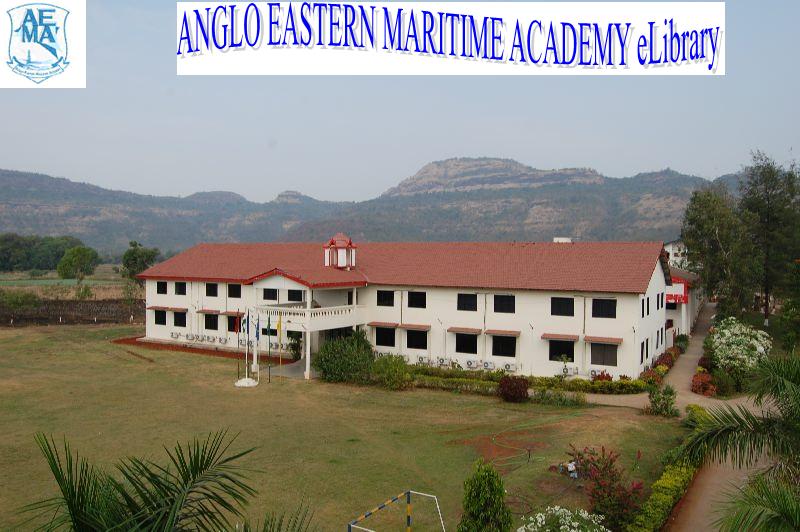For ones who never got an opportunity to get sealegs
Port and starboard
Port and starboard are shipboard terms for left and right, respectively. Confusing those two could cause a ship wreck. In Old England, the starboard was the steering paddle or rudder, and ships were always steered from the right side on the back of the vessel. Larboard referred to the left side, the side on which the ship was loaded. So how did larboard become port? Shouted over the noise of the wind and the waves, larboard and starboard sounded too much alike. The word port means the opening in the "left" side of the ship from which cargo was unloaded. Sailors eventually started using the term to refer to that side of the ship. Use of the term "port" was officially adopted by the U.S. Navy by General Order, 18 February 1846.
Shows his true colors
Early warships often carried flags from many nations on board in order to elude or deceive the enemy. The rules of civilized warfare called for all ships to hoist their true national ensigns before firing a shot. Someone who finally "shows his true colors" is acting like a man-of-war which hailed another ship flying one flag, but then hoisted their own when they got in firing range.
Smoking lamp
The exact date and origin of the smoking lamp has been lost. However, it probably came into use during the 16th Century when seamen began smoking on board vessels. The smoking lamp was a safety measure. It was devised mainly to keep the fire hazard away from highly combustible woodwork and gunpowder. Most navies established regulations restricting smoking to certain areas. Usually, the lamp was located in the forecastle or the area directly surrounding the galley indicting that smoking was permitted in this area. Even after the invention of matches in the 1830s, the lamp was an item of convenience to the smoker. When particularly hazardous operations or work required that smoking be curtailed, the unlighted lamp relayed the message. "The smoking lamp is lighted" or "the smoking lamp is out' were the expressions indicating that smoking was permitted or forbidden.
The smoking lamp has survived only as a figure of speech. When the officer of the deck says "the smoking lamp is out" before drills, refueling or taking ammunition, that is the Navy's way of saying "cease smoking."
Toe the line
The space between each pair of deck planks in a wooden ship was filled with a packing material called "oakum" and then sealed with a mixture of pitch and tar. The result, from afar, was a series of parallel lines a half-foot or so apart, running the length of the deck. Once a week, as a rule, usually on Sunday, a warship's crew was ordered to fall in at quarters - that is, each group of men into which the crew was divided would line up in formation in a given area of the deck. To insure a neat alignment of each row, the Sailors were directed to stand with their toes just touching a particular seam. Another use for these seams was punitive. The youngsters in a ship, be they ship's boys or student officers, might be required to stand with their toes just touching a designated seam for a length of time as punishment for some minor infraction of discipline, such as talking or fidgeting at the wrong time. A tough captain might require the miscreant to stand there, not talking to anyone, in fair weather or foul, for hours at a time. Hopefully, he would learn it was easier and more pleasant to conduct himself in the required manner rather than suffer the punishment. From these two uses of deck seams comes our cautionary word to obstreperous youngsters to "toe the line."
Flying Dutchman
One superstition has it that any mariner who sees the ghost ship called the Flying Dutchman will die within the day. The tale of the Flying Dutchman trying to round the Cape of Good Hope against strong winds and never succeeding, then trying to make Cape Horn and failing there too, has been the most famous of maritime ghost stories for more 300 years. The cursed spectral ship sailing back and forth on its endless voyage, its ancient white-hair crew crying for help while hauling at her sail, inspired Samuel Taylor Coleridge to write his classic "The Rime of the Ancient Mariner," to name but one famous literary work. The real Flying Dutchman is supposed to have set sail in 1660.
Dungarees
The modern Sailor's work clothes. The term is not modern, however, but dates to the 18th century and comes from the Hindi word dungri, for a type of Indian cotton cloth.


